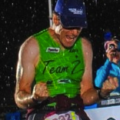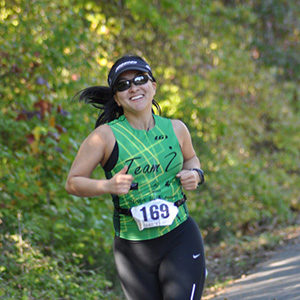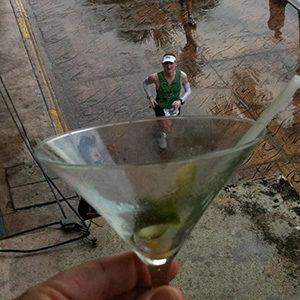The History of Ironman
The IRONMAN TRIATHLON was the first major competition of its kind. The first IRONMAN TRIATHLON was held in 1978 Honolulu, Hawaii until 1980. In 1981, the competition was moved to the less urbanized Big Island by Valerie Silk. The following year, Silk moved the race date from February to October. There were two IRONMAN TRIATHLON events in 1982 as a result of the change.
The idea for the original IRONMAN TRIATHLON arose during the awards ceremony for the 1977 Oahu Perimeter Relay (a running race for 5-person teams). Among the participants were numerous representatives of both the Mid-Pacific Road Runners and the Waikiki Swim Club, whose members had long been debating which athletes were more fit, runners or swimmers.
On this occasion, U.S. Navy Commander John Collins pointed out that a recent article in Sports Illustrated magazine had declared that Eddy Merckx, the great Belgian cyclist, had the highest recorded “oxygen uptake” of any athlete ever measured, so perhaps cyclists were more fit than anyone. Cdr. Collins and his wife, Judy, had taken part in the triathlons staged in 1974 and 1975 by the San Diego Track Club in and around Mission Bay, California, as well as the Optimist Sports Fiesta Triathlon in Coronado, California, in 1975. A number of the other military athletes in attendance were also familiar with the San Diego races, so they understood the concept when Cdr. Collins suggested that the debate should be settled through a race combining the three existing long-distance competitions already on the island: the Waikiki Roughwater Swim (2.4 mi./3.85 km), the Around-Oahu Bike Race (115 miles; originally a two-day event) and the Honolulu Marathon (26.2 mi./42.195 km).
It is worth noting that no one present had ever done the bike race; Cdr. Collins calculated that, by shaving 3 miles off the course and riding counter-clockwise around the island, the bike leg could start at the finish of the Waikiki Rough Water and end at the Aloha Tower, the traditional start of the Honolulu Marathon. Prior to racing, each athlete received three sheets of paper listing a few rules and a course description. Handwritten on the last page was this exhortation: “SWIM 2.4 MILES! BIKE 112 MILES! RUN 26.2 MILES! BRAG FOR THE REST OF YOUR LIFE”, now a registered trademark.
With a nod to a local runner who was notorious for his demanding workouts, Collins said, “Whoever finishes first, we’ll call him the Iron Man.” Of the fifteen men to start off the in early morning on February 18th, 1978, twelve completed the race and the world’s first IRONMAN, Gordon Haller, completed in 11 hours, 46 minutes, and 58 seconds.
With no further marketing efforts, the race gathered as many as 50 athletes the following year. The race, however, was postponed a day because of bad weather conditions and only fifteen competitors started off the race Sunday morning. San Diego’s Tom Warren, age 35, won in 11 hours, 15 minutes, and 56 seconds. Lyn Lemaire, a championship cyclist from Boston, placed sixth overall and became the first “IRONWOMAN.”
Collins planned on changing the race into a relay event to draw more participants, but Sports Illustrated’s journalist Barry McDermott, in the area to cover a golf tournament, discovered the race and wrote a ten page account of it. During the following year, hundreds of curious participants contacted Collins.
The IRONMAN TRIATHLON inspired the addition of the triathlon sport (though over shorter distances) at the 2000 Summer Olympics in Sydney.
Today, the IRONMAN format remains unchanged, and the Hawaiian IRONMAN is still regarded as the most honored and prestigious triathlon event to win worldwide. For the 25th anniversary on October 18, 2003, nearly 1500 athletes were enlisted, most of which had to go through qualification competitions (although some were admitted through the lottery).
The IRONMAN TRIATHLON is a grueling event that pushes its participants to the limits of endurance. Some, however, find the prescribed distances fall short of these limits. Hence, events such as the double iron triathlon have come about. More extreme formats have evolved; there are in fact triple, quadruple, quintuple, deca, and 15× events that are multiples of the original IRONMAN distance triathlon.
try Team z


